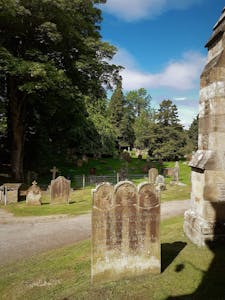The London Explorer goes to the Yorkshire Dales: Part 2
We’ve just taken our walking holiday in the Yorkshire Dales exactly 12 months later than planned (if you’re reading this in 2051:…coronavirus). The weather was superb for walking, up hill and literally down dale. As well as beautiful scenery there’s history in the Dales too. In this second blog on my North Yorkshire travels we discover a roadside curio and a Victorian mini-masterpiece.
As in ‘The London Explorer goes to the Yorkshire Dales: Part 1’ we find some oblique London connections.
AA Call Box 442, A684, Yorkshire Dales.
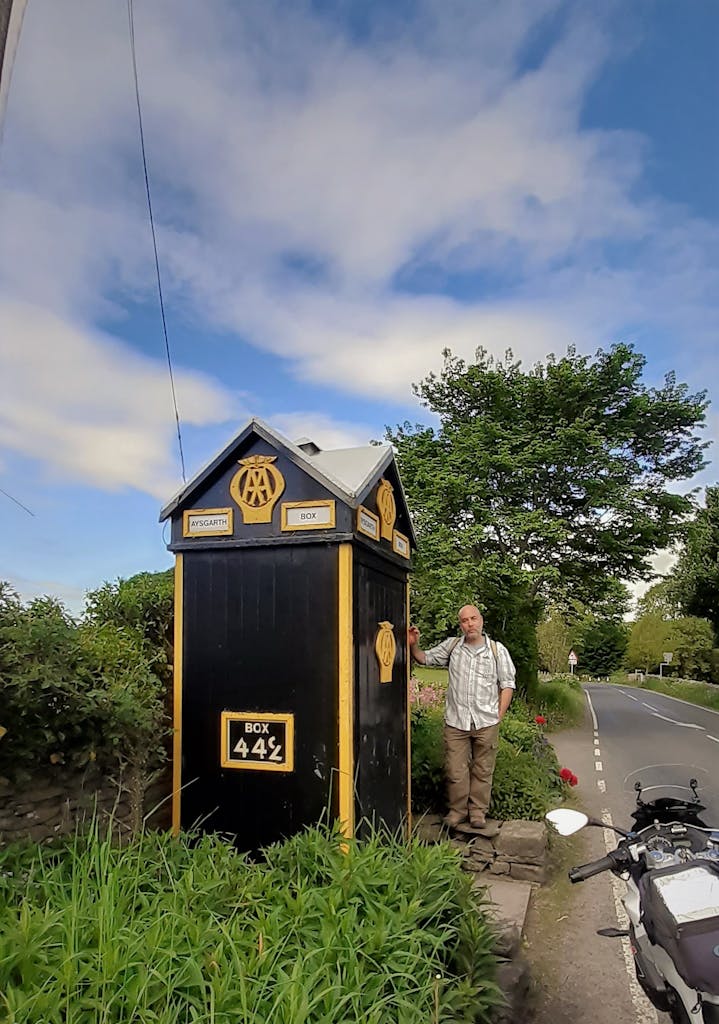
Box 442: A684 south, just over a mile east of the turn to Aysgarth Falls.
We came across one of only nineteen surviving AA Call Boxes whilst walking on the A684 in Wensleydale. Five of the call boxes are in museums which means only fourteen survive on British roadsides.
The first AA call box was manufactured in 1912 and at their height there were over 1000 call boxes throughout the UK. Production ceased in 1967 and there was a gradual phasing out of the boxes from the 1970s.
AA watchmen (who were called sentries) manned the boxes up until 1919, ready to serve any travelling member of the Automobile Association. They provided roadside assistance, communication, directions and sometimes medical help or transport. From 1920 AA members were issued with keys to access the call boxes.
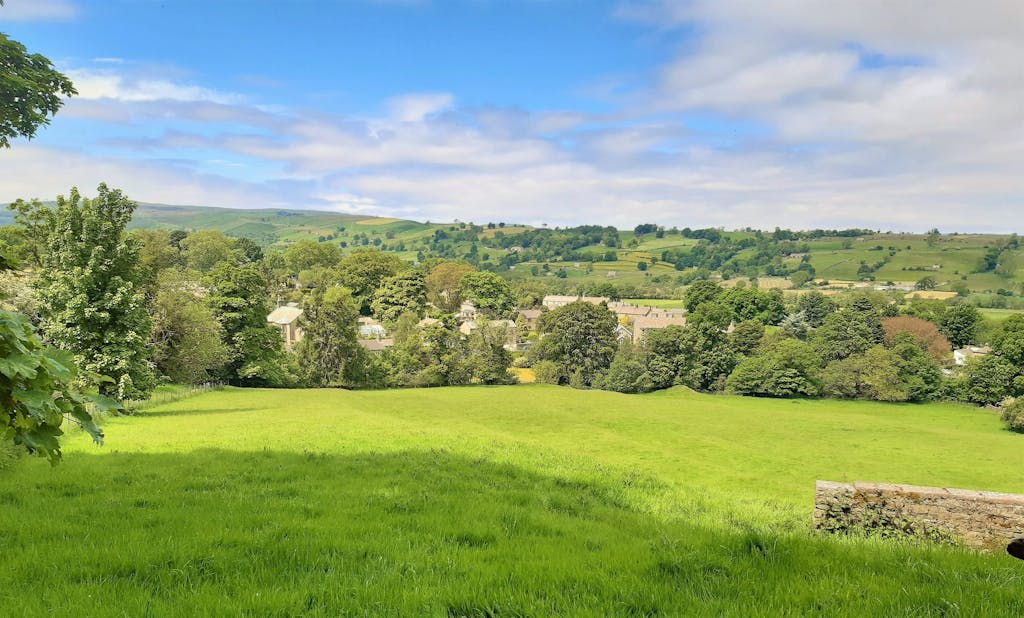
The view from the other side of the A684
Each AA call box was individually numbered and had its own well-documented location. Known as ‘lighthouses of the road’ motorists used them for directions, breakdown help and even support-kit during their travels, which included a light, maps and fire extinguisher. Once they were fitted with telephones a stranded motorist had nothing more to do than call and give the number of the box, and help was on the way.
By 2001 over half of the surviving AA call boxes had been taken over by government agencies, relabelled and connected to local telephone networks. A phone call would now summon not the AA patrolman, but a uniformed official.
From the late 1990s fewer and fewer people needed these call boxes. Mobile technology was making them unnecessary. By 2002 the Automobile Association shut down its network and began to arrange disposal of the boxes. They were soon listed as Grade II historic landmarks, alas no longer functioning roadway items. I really have no idea why the few that do survive in situ are still there, but it’s good to see. In case you’re wondering, it was locked.
The Automobile Association was formed in June 1905 at the Lyons restaurant in the Trocadero next to Piccadilly Circus in central London. The original members came together to consider ways to overcome the perceived police oppression of early motorists and their use of speed-traps. From cycle scouts patrolling roads to warn members of any police traps ahead the AA soon progressed to providing breakdown assistance and motor insurance.
St Andrew’s Church, Aysgarth, Yorkshire Dales.
There are thousands of old and ancient churches throughout Britain. St Andrew’s, like many of these places of worship, is remarkable and yet common. Best of all, many of these buildings are totally accessible, their doors always open. This is the story of just one church.

St Andrew’s Church, Aysgarth
St Andrew’s Church, Aysgarth, is a Grade II* listed parish church in the Church of England. They claim to have been a site of Christian worship for over 1000 years, and a Saxon Cross belonging to the church was stolen in 1966 but sadly never recovered. A medieval church was built, and small parts of this church fabric survive. But it was substantially rebuilt in 1536 and then again in 1866, by Lancashire architect James Green of Todmordon, in the Decorated gothic-revivalist style at a cost of £3,600.
The original roof, walls, arches and piers of the nave were in such bad condition that they could not be preserved, and so the whole church, with the exception of the lower portion of the tower, was rebuilt. The clerestory was raised three feet and pierced by six windows on each side, filled with geometric tracery.
The east window illustrating the life of Jesus was made by Clayton and Bell – who also provided stained glass for St Christopher’s Chapel, Great Ormond Street Hospital; St Paul’s Church, Hammersmith (both in London), Norwich Cathedral and many churches in Canada and the US including Old South Church, Boston and the Cathedral of All Saints, Albany.
The church is noted for its fine rood screen dating from around 1506 which was originally installed in Jervaulx Abbey and moved here during the Dissolution of the Monasteries, when the monastic property was forfeited to Henry VIII. Jervaulx’s last abbot, Adam Sedbergh, joined the Pilgrimage of Grace and was hanged at Tyburn in June 1537.
A pipe organ was built for £600 by Isaac Abbot of Leeds with a case carved by J.H. Thorp of Leeds from a design by J.M. Bottomley of Middlesbrough. It was opened in August 1880. The burial ground of St Andrew’s contains over a thousand gravestones; the earliest I saw dating back to the 1700s.
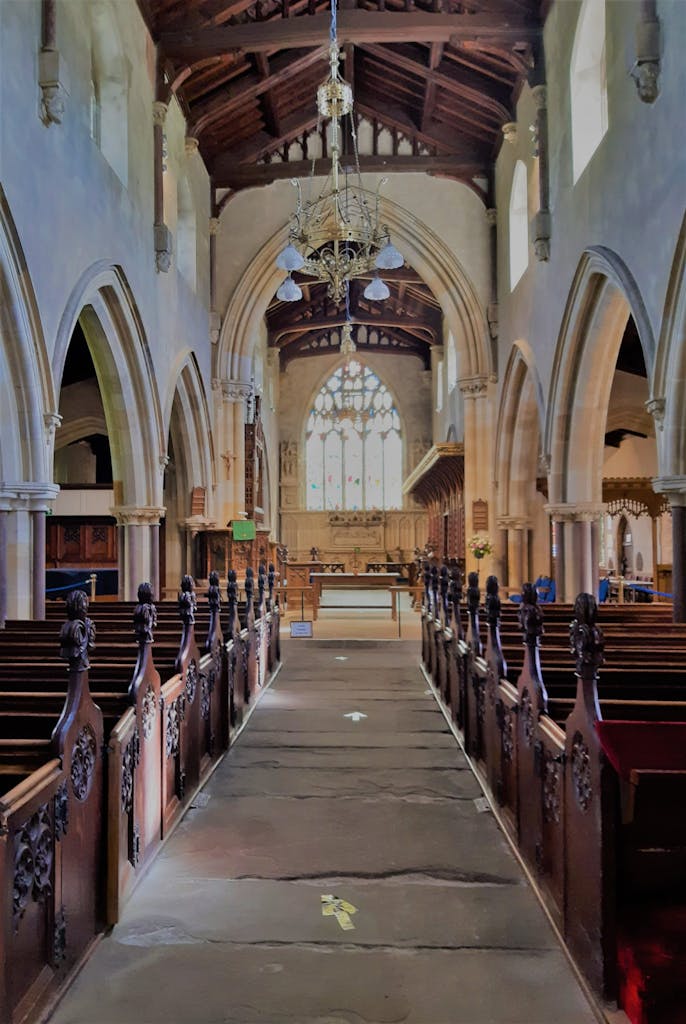
St Andrew’s Church, Aysgarth: The nave
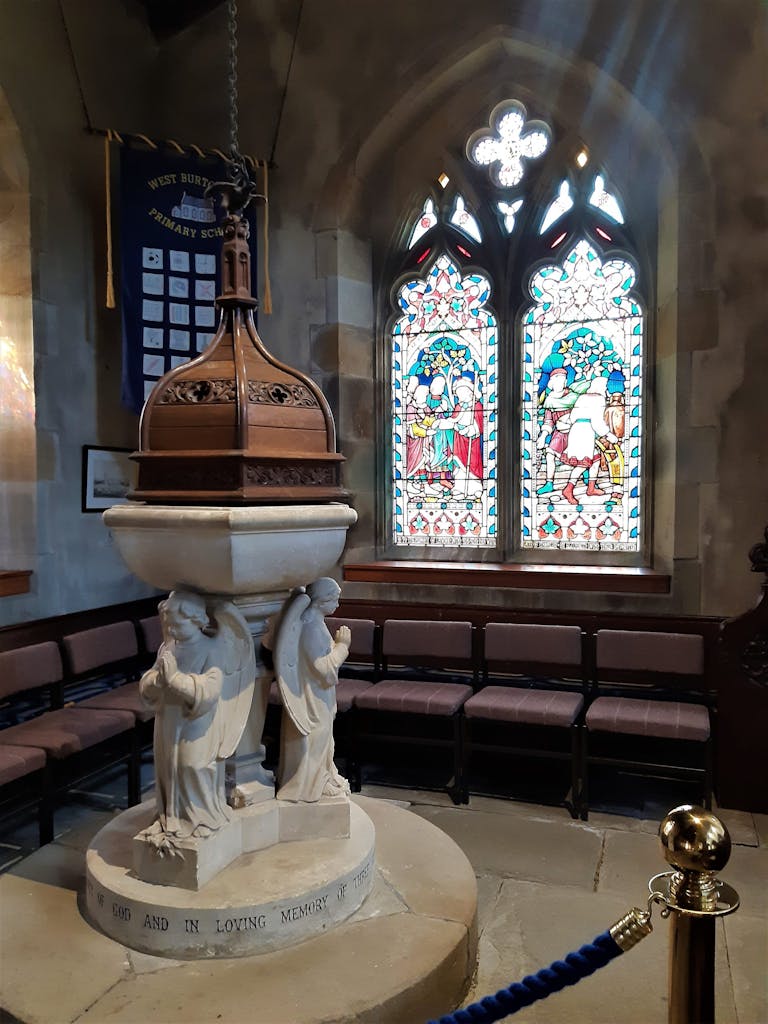
St Andrew’s Church, Aysgarth: The font
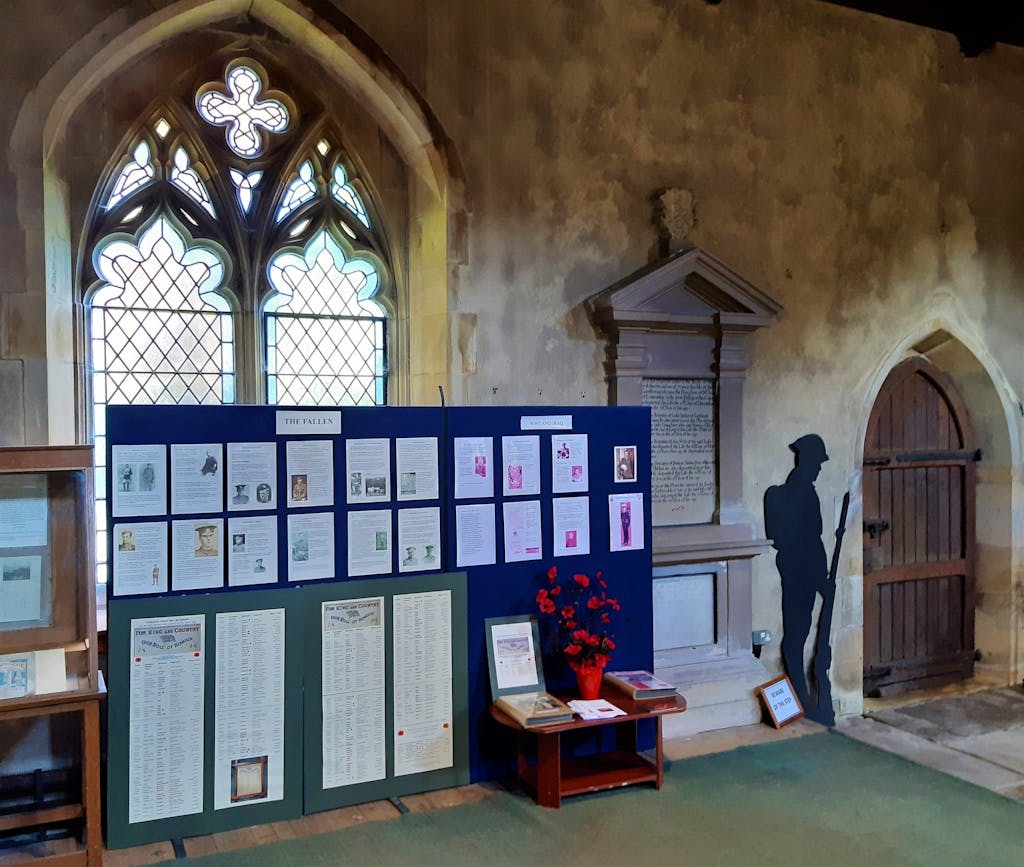
St Andrew’s Church, Aysgarth: War memorials

St Andrew’s Church, Aysgarth: The east window
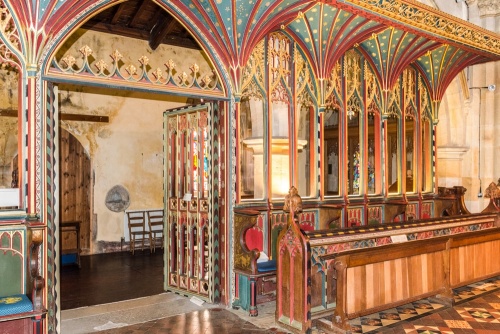
St Andrew’s Church, Aysgarth: The rood screen (above) and churchyard (right)
